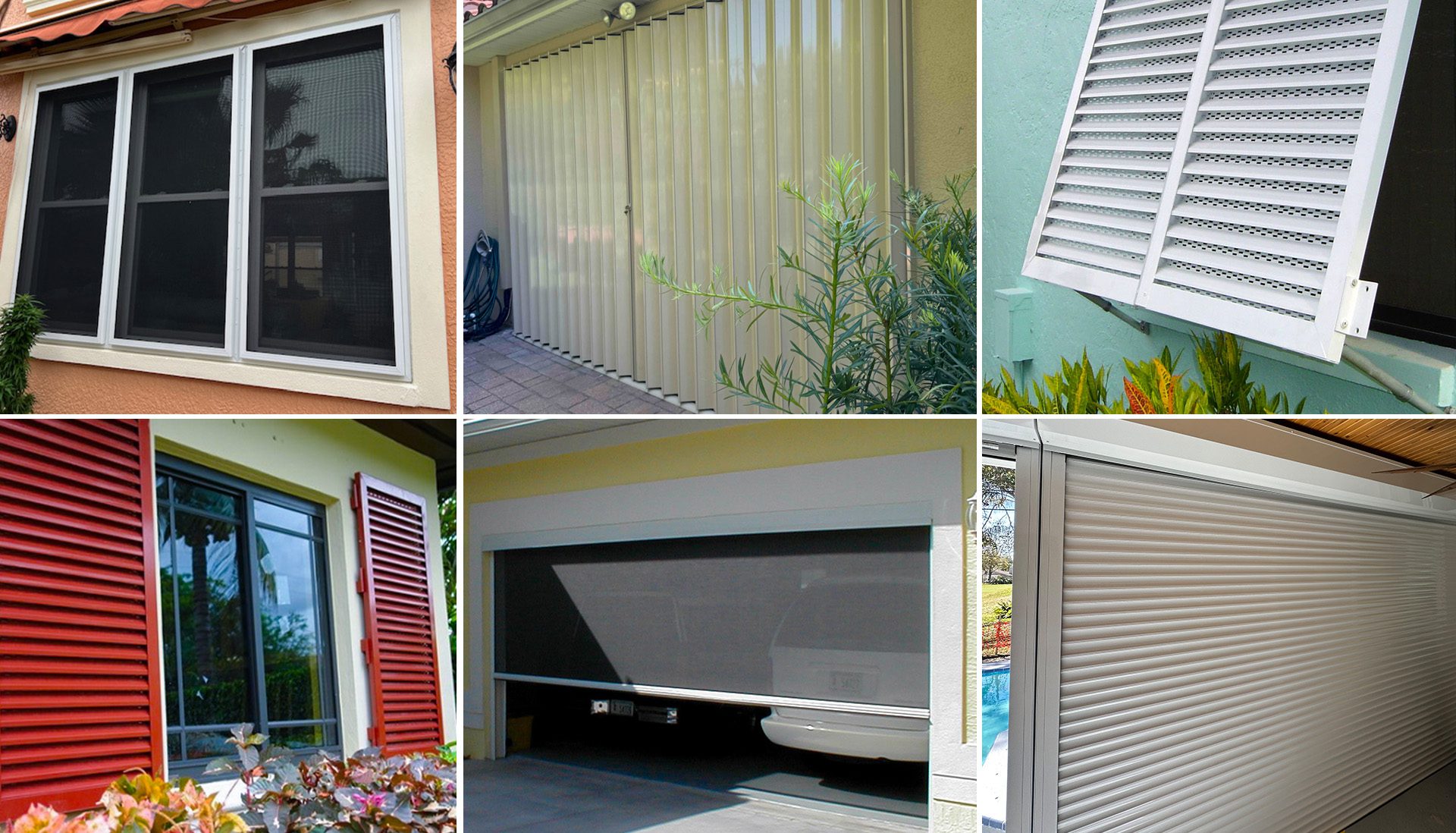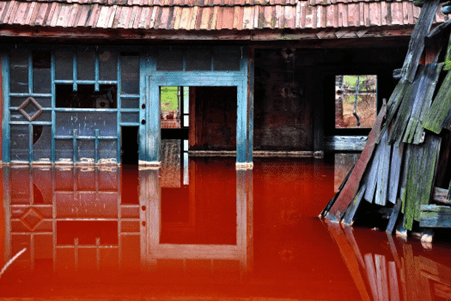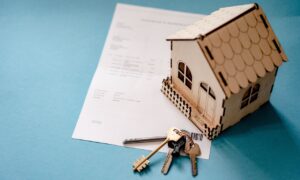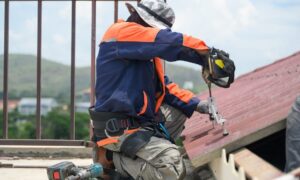When the calendar creeps toward June, Floridians know what that means hurricane season is around the corner. Between June and November, the Sunshine State faces unpredictable storms, strong winds, and torrential rain that can damage homes and drain savings.
Home insurance isn’t just another bill during this season, it’s your lifeline. Yet, many homeowners discover too late that their coverage isn’t built for the true scale of Florida weather. To help you prepare wisely, here are five practical home insurance tips every Florida homeowner should know before hurricane season hits.
1. Review and Understand Your Current Policy
The biggest mistake homeowners make before hurricane season is assuming their policy covers everything. In reality, many standard homeowners insurance policies in Florida have specific limits or exclusions when it comes to hurricane damage.
Wind and rain damage are often covered, but flood damage including storm surge usually isn’t. Some policies also have separate hurricane deductibles, which can be higher than your standard deductible.
What you should do:
- Read your policy carefully, especially the “Exclusions” and “Deductibles” sections.
- Check if you have a separate deductible for named storms or hurricanes.
- Confirm how your insurer defines “windstorm damage,” since that can affect claims.
- Review the maximum payout for personal property to ensure your belongings are properly insured.
If your policy language feels confusing, reach out to your insurance agent and ask for a simple explanation. The time to clarify your coverage is before a storm is brewing in the Atlantic.
2. Add Flood Insurance – Even If You’re Not in a High-Risk Zone
This point cannot be overstated: standard homeowners insurance does not cover flooding. And yet, flooding is one of the most common and costly results of hurricanes in Florida.
According to FEMA, just one inch of floodwater can cause up to $25,000 in damage. Even if you don’t live near the coast, inland areas can flood due to heavy rain, poor drainage, or overflowing canals.
What you should do:
- Purchase a separate flood insurance policy through the National Flood Insurance Program (NFIP) or a private insurer.
- Get coverage for both the structure and contents of your home.
- Remember that most flood policies take 30 days to go into effect, so don’t wait until a storm warning is issued.
Flood insurance may feel like an extra expense, but in Florida, it’s peace of mind you can’t afford to skip.
If you need expert guidance on choosing the right flood coverage, Click here to get started.
3. Get a Wind Mitigation Inspection
A wind mitigation inspection is one of the best-kept secrets in Florida home insurance. It’s a professional inspection that checks how well your home can withstand strong winds. The results can qualify you for insurance discounts sometimes cutting premiums by hundreds of dollars per year.
Inspectors look at things like:
- Roof shape and attachment strength
- Type of roof covering
- Roof-to-wall connections
- Presence of hurricane straps or clips
- Impact-resistant windows or storm shutters
Why this matters:
A home that’s better built for wind resistance is less likely to suffer serious damage, and insurers reward that. Plus, improvements such as upgraded roofing or reinforced garage doors not only make your home safer but also raise its resale value.
What you should do:
- Hire a licensed Florida wind mitigation inspector.
- Make recommended improvements if you can even small upgrades can lead to long-term savings.
- Submit your inspection report to your insurance company to qualify for discounts.
If you haven’t had an inspection in several years, now’s the time. The savings often outweigh the cost of the inspection itself.
4. Create a Home Inventory and Store It Safely
When a hurricane hits, the damage can be overwhelming not just emotionally, but logistically. Filing an insurance claim is much easier if you already have proof of your possessions and their value.
A home inventory helps you:
- Track what you own and what it’s worth
- Speed up claims processing after damage
- Avoid forgetting smaller but valuable items during loss reports
How to build a solid home inventory:
- Walk through each room and record videos or photos of your belongings.
- Include close-ups of serial numbers, receipts, and warranty cards when possible.
- Upload copies to cloud storage or email them to yourself so they’re safe even if your computer or phone is damaged.
Also, keep digital copies of important documents deeds, insurance policies, IDs in a secure online folder. That way, you can access them even if you’re evacuated or lose paper copies in the storm.
5. Review Coverage for Temporary Living Expenses
If your home becomes uninhabitable after a hurricane, most insurance policies include Additional Living Expenses (ALE) coverage. This pays for temporary housing, meals, and other living costs while your home is being repaired.
However, ALE has limits. Some policies cap it at a percentage of your dwelling coverage, while others set a time limit for example, 12 months of temporary assistance.
What you should do:
- Check your ALE coverage amount and duration.
- Estimate how long rebuilding might take if your area is hit hard large-scale disasters can cause long delays.
- Keep receipts for all out-of-pocket expenses during displacement, as you’ll need them for reimbursement.
You can also ask your insurer about optional “loss of use” extensions, which provide broader protection for long-term rebuild scenarios.
How to Prepare Beyond Insurance
Home insurance is your safety net, but physical preparation matters too. Here’s a quick checklist of things to do before hurricane season:
- Trim weak tree limbs near your home.
- Clean gutters and downspouts to prevent flooding.
- Secure outdoor furniture, grills, and decor.
- Stock an emergency kit with flashlights, batteries, water, and first aid supplies.
- Store important documents and valuables in waterproof containers.
- Create an evacuation plan and share it with family members.
These small actions, combined with the right insurance coverage, form a solid defense against the financial and emotional toll of hurricane damage.
Conclusion
Living in Florida means accepting hurricanes as a seasonal reality but financial ruin doesn’t have to be part of it. The difference between stress and stability often comes down to preparation and smart insurance choices.
By reviewing your policy, adding flood coverage, getting wind-mitigation credits, organizing your home inventory, and understanding temporary living benefits, you can navigate storm season with confidence.





































